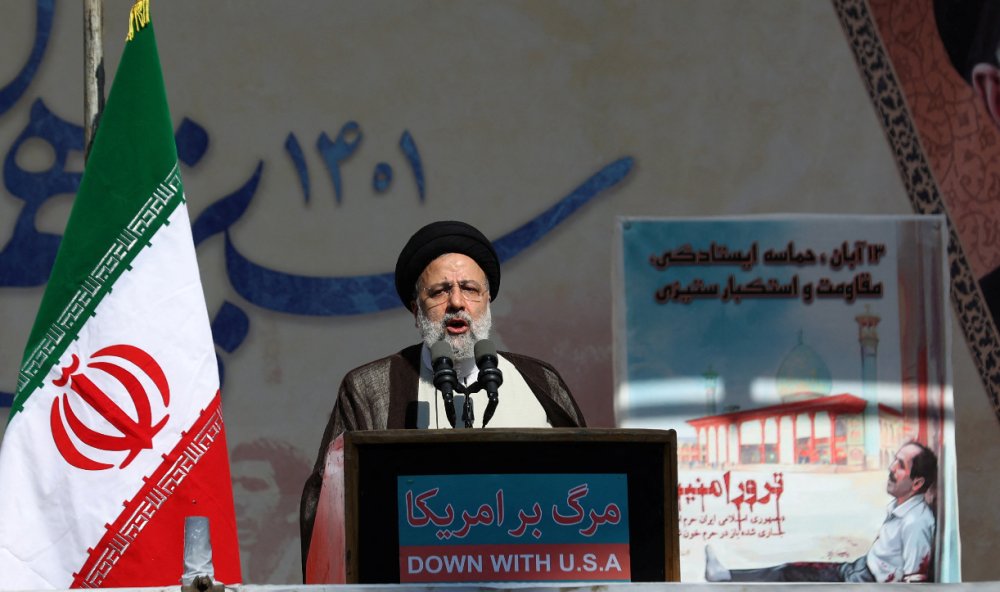
Even if the mullahs and their enforcers can prevail for now, history teaches that force alone cannot guarantee the regime’s survival, let alone legitimacy.
Written By; Foreign Analysis – Jun 13, 2023
The ongoing social unrest in Iran sparked by the death of Mahsa Amini, a young Kurdish woman murdered by the Islamic Republic’s “morality police,” shows no sign of abetting. Naturally, legions of Iran watchers have offered speculation on the endgame of the upheaval. Scenarios have ranged from the emergence of democracy to the upholding of the status quo or an emboldened theocracy turning into a totalitarian state run by the Islamic Revolutionary Guard Corps (IRGC). Revolutions are inherently difficult to predict, but some observations on the progress of the struggle can be offered.
First, with the exception of the 2009 uprising over the stolen election, the current turmoil is uniquely broad-based, with protests supported across all ethnic groups and provinces. This so-called “global Iran,” a collective of people with diverse ethnic identities separated by geography, is “very much together in feelings, in concerns, and in dreams,” as scholar Asef Bayat wrote.
Second, the unrest is powered by strong economic undercurrents, creating a virtual Bermuda Triangle for the embattled regime. After years of crippling sanctions, extravagant spending on its proxies in the “Axis of Resistance,” and monumental corruption and mismanagement, the economy is in shambles. Amid the protests, the rial has dropped to a record low and food prices have jumped by more than 82 percent.
Workers across key industries—including oil and gas, steel, and food production—went on strike. Pensioners have protested because their payments cannot keep up with rampant inflation and the massive increase in the price of food. Recent embezzlement scandals in some pension funds added to the disarray and brought more protesters to the streets.
Third, should the nascent strike movement grow, it would likely tip the scales against the regime. To recall, in 1978, a general strike—which also included the powerful bazaaris, the merchants who operate stores in the bazaars—limited the shah’s options. Several observers have suggested that a general strike is not in the cards because the workers do not exhibit the type of unity that prevailed in 1978. This conclusion may be premature, however, as the Free Union of Iranian Workers (FUIW) is fast becoming a major force in the unrest. The FUIW is part of the Front-Line Defenders, an international organization that combines advocacy for civil rights with the protection of labor. The FUIW’s impact is already considerable. The Council for Organizing Protests of Oil Contract Workers threatened to strike. The bazaaris, once a reliable constituency for the clergy, stated that they would padlock their businesses because of the shrinking value of the rial.
